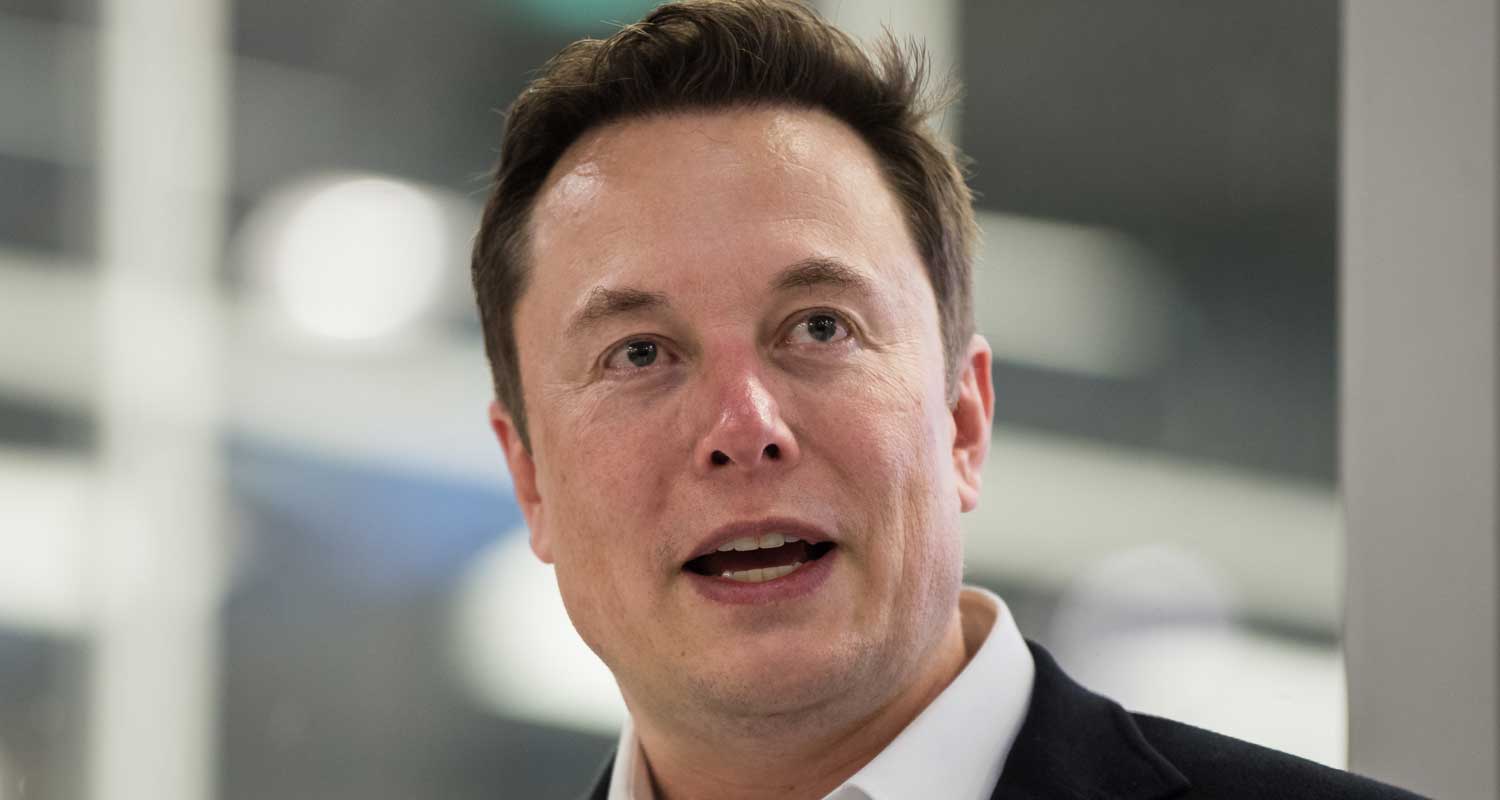 According to predictions made nearly a decade ago, we should be riding around in self-driving vehicles today. It’s now clear the autonomous vehicle revolution was overhyped.
According to predictions made nearly a decade ago, we should be riding around in self-driving vehicles today. It’s now clear the autonomous vehicle revolution was overhyped.
Proponents woefully underestimated the technological challenges. It turns out developing a truly driverless vehicle is difficult.
The other factor driving the hype was the amount of money being invested in autonomous vehicle start-ups. By 2021, it was estimated more than US$100-billion in venture capital had gone into developing the technology.
While advances are being made, it is important to understand there are multiple levels of autonomy. Only one is truly driverless. As established by SAE International, the levels are:
- Level 0 — the driver has to undertake all driving tasks
- Level 1, hands on/shared control — vehicle has basic driver-assist features such as cruise control and lane-keeping
- Level 2, hands off – vehicle has advanced driver-assist features such as emergency braking, adaptive cruise control, auto park assist and traffic-jam assist
- Level 3, eyes off — vehicle drives itself some of the time
- Level 4, mind off — vehicle drives itself most of the time
- Level 5, steering wheel option — vehicle drives itself all the time
Why the slow progress?
It’s estimated the technology to deliver safe autonomous vehicles is about 80% developed. The last 20% is increasingly difficult. It will take a lot more time to perfect.
Challenges yet to be resolved involve unusual and rare events that can happen along any street or highway. They include weather, wildlife crossing the road and highway construction.
Another set of problems has emerged since Cruise and Waymo launched their autonomous ride-hailing services in San Francisco. The US National Highway Traffic and Safety Administration opened an investigation in December 2022, only six months after the services were approved. It cited incidents where these vehicles “may have engaged in inappropriately hard braking or became immobilised”.
The San Francisco County Transportation Authority stated: “In the months since the initial approval of autonomous taxi services in June 2022, Cruise AVs have made unplanned and unexpected stops in travel lanes, where they obstruct traffic and transit service and intrude into active emergency response scenes, including fire suppression scenes, creating additional hazardous conditions.”
In several cases, Cruise technicians had to be called to move the vehicles.
What’s happening now?
Active autonomous vehicle initiatives can be grouped into two categories: ride-hailing services (Cruise, Waymo and Uber) and sales to the public (Tesla).
Cruise is a subsidiary of General Motors founded in 2013. As of September 2022, it operated 100 robotaxis in San Francisco and had plans to increase its fleet to 5 000. Critics said this would increase city traffic.
Cruise also began to offer services in Phoenix, Arizona and Austin, Texas in December 2022.
Waymo, formerly the Google Self-Driving Car Project, was founded in January 2009. The company lost $4.8-billion in 2020 and $5.2-billion in 2021.
Waymo One provides autonomous ride-hailing services in Phoenix as well as San Francisco. It plans to expand into Los Angeles this year.

Uber was a major force in autonomous vehicle development as part of its business plan was to replace human drivers. However, it ran into problems, including a crash in March 2018 when a self-driving Uber killed a woman walking her bicycle across a street in Tempe, Arizona. In 2020, Arizona Uber sold its AV research division to Aurora Innovation.
But in October 2022, Uber got back into autonomous vehicles by signing a deal with Motional, a joint venture between Hyundai and Aptiv. Motional will provide autonomous vehicles for Uber’s ride-hailing and delivery services.
Lyft, the second largest ride-sharing company after Uber, operates in the US and Canada. Like Uber, Lyft had a self-driving unit and in 2016, Lyft co-founder John Zimmer predicted that by 2021 the majority of rides on its network would be in such vehicles (and private car ownership would “all but end” by 2025). It didn’t happen. By 2021, Lyft had also sold its self-driving vehicle unit, to Toyota.
In 2022, Zimmer said the technology would not replace drivers for at least a decade. However, Lyft did partner with Motional in August 2022 to launch robotaxis in Las Vegas and Los Angeles.
The increasing cost of capital will also make it harder for autonomous vehicle start-ups to get development funds
Telsa is the world leader in sales of battery electric vehicles. It also purports to sell vehicles with full automation. However, by the end of 2022, no level 3, 4 or 5 vehicles were for sale in the US.
What Telsa offers is a full self-driving system as a $15 000 option. Buyers acknowledge they are buying a beta version and assume all risks. If the system malfunctions, Telsa does not accept any responsibility.
In February 2023, the National Highway Traffic Safety Administration found that fully self-driving beta software that allows a vehicle to exceed speed limits or travel through intersections in an unlawful or unpredictable manner increases the risk of a crash.
This led to Tesla recalling 362 000 vehicles to update the software.
Another setback for autonomous vehicle sales to the public was the October 2022 announcement that Ford and Volkswagen had decided to stop funding autonomous driving technology company Argo AI, resulting in its closure. Both Ford and VW decided to shift their focus from level-4 automation to levels 2 and 3.
So, what can we expect next?
Autonomous vehicle development will continue, but with less hype. It’s being recognised as more an evolutionary process than a revolutionary one. The increasing cost of capital will also make it harder for autonomous vehicle start-ups to get development funds.
The areas that appear to be making the best progress are autonomous ride-hailing and heavy vehicles. Self-driving car sales to the public are further down the track.![]()
- The author, Neil G Sipe, is honorary professor of planning, University of Queensland
- This article is republished from The Conversation under a Creative Commons licence

